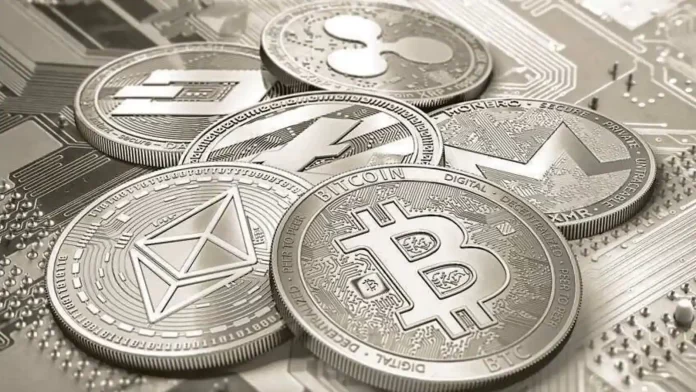Substantial supply and demand underlie every efficient market, be it traditional stocks or digital assets. The balance between supply and demand is not always achieved organically – very often, markets require help in providing liquidity to be able to conduct orders quickly and at a fair price.
The higher the market’s liquidity, the more favorable conditions it has for traders, and the lower the risks are. That’s especially important when it comes to institutional crypto trading. Companies and financial firms that join this sector require a much higher liquidity level compared with retail traders. To provide this level and ensure a smooth and robust trading environment, when traders can transact large amounts easily, a crypto exchange creates a market maker trading platform. In this article, we will discuss the essence of marker making and maker-taker roles in it.
Who is a Market Maker in Crypto?
A maker is a trader who participates in a crypto market-making program and steadily places orders on an order book at a specific price and quantity, thus ensuring their readiness to buy or sell assets at any time. Then, a maker waits for his order to be matched (by a taker), and when it happens, the maker earns from the buy-sell price difference. Makers are usually charged lower transaction fees, for they contribute to a trading platform’s liquidity.
Benefits of market making:
- reduced bid-ask spread;
- enhanced market liquidity;
- fair price formation;
- stable demand and supply;
- lower transaction costs;
- more attractive markets.
Many market makers use algorithmic trading strategies to automate order placement and execution. This allows for efficient and rapid adjustments to changing market conditions and fulfilling hundreds or even thousands of transactions per day.
The Taker’s Role in Crypto Market Making?
While makers make the market and provide liquidity, takers take liquidity. They don’t wait for an order to be matched – they use existing orders from the order book, thus reducing liquidity. So takers are makers’ counterparts, looking for orders to be executed immediately. Takers usually pay higher fees compared with makers. Such a fee policy encourages the market participants to become makers and provide liquidity rather than fulfilling existing orders.
Conclusion
Cryptocurrency market making plays a central role in providing liquidity and smooth trading processes on trading platforms. Makers’ and takers’ actions are entirely opposite: maker works on pouring liquidity into the market, while takers take that liquidity out of trading orders. Both roles are essential for a healthy trading environment.



 Bitcoin
Bitcoin  Ethereum
Ethereum  Tether
Tether  XRP
XRP  Solana
Solana  USDC
USDC  TRON
TRON  Lido Staked Ether
Lido Staked Ether  Cardano
Cardano  Avalanche
Avalanche  Toncoin
Toncoin